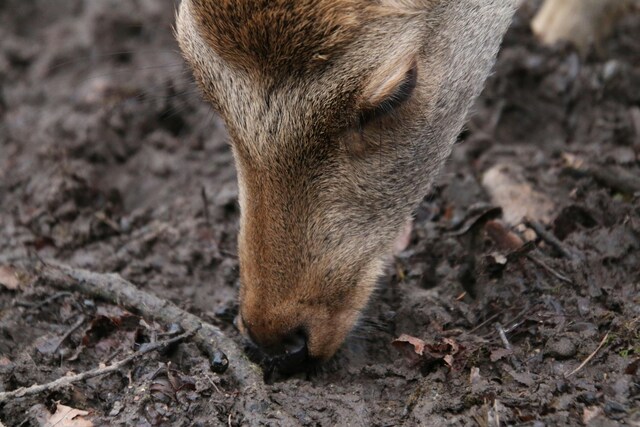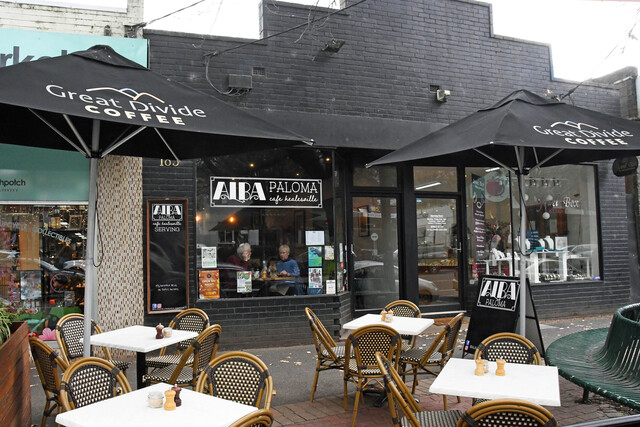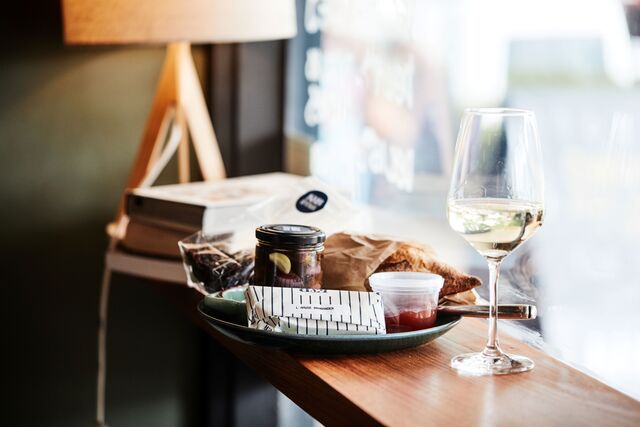The Game Management Authority (GMA), in partnership with the Arthur Rylah Institute for Environmental Research, has published its estimates of 2023’s deer harvest, gathering results from surveys of Victorian Game Licence holders.
The results estimate that 137,090 deer were harvested last year, an 11 per cent increase from 2022’s total of 123,400 and 59 per cent higher than the average since 2009 (86,400).
GMA Research Principal Dr Jason Flesch said the research was based on information gathered from randomly selected licenced deer hunters who voluntarily participated in the phone surveys.
“Throughout 2023, approximately 2,400 licenced deer hunters were surveyed about their hunting activity including how many deer were harvested, where hunting occurred, hunting methods used, and the species of deer harvested,” he said.
“This research helps build a stronger understanding of deer harvest trends and hunting activity in Victoria.”
The number of licensed hunters jumped up 3.6 per cent from 50,478 to 52,321, of which 60 per cent actively hunted last year at an estimated average of 4.3 deer over 10.5 days.
Head of Advocacy and Deer Management at the Australian Deer Association Sean Kilkenny said he was pleased with the increase in licence holders.
“This reflects a modern society being more connected and aware of where their food comes from, with more Victorians taking the next step and sustainably harvesting it themselves,” he said.
“Recreational deer hunting generates 100’s of millions of dollars and creates thousands of jobs for the Victorian economy, and with some many licence holders, it’s easy to see how,”
“The harvest numbers have been consistent since the end of Covid, demonstrating the irreplaceable role that recreational hunters have in managing wild deer.”
The Yarra Ranges is included in the very far east side of the Port Phillip and Westernport Catchment Management Authority (CMA), with most of the deer harvesting in this region coming from the Yarra Ranges and Nillumbik area. Between 2001 and 10,000 deer were harvested in the Port Phillip and Westernport CMA with up to 1000 of those using hounds while hunting.
Sambar Deer were the most commonly harvested species with an estimate of 106,500 deer, of which 53 per cent were female, streaks ahead of the next-highest at 27,500 Fallow Deer of which 59 per cent were female.
A study on the ‘Abundance of deer in Victoria’ was published by the Arthur Rylah Institute for Environmental Research in October 2023 in which 253 sites were set up, including 317 camera traps, on public land between September 2021 and May 2023. Deer were detected at 148 sites, and signs of deer at 186 in that period. From that, they were able to estimate a total abundance of 191,153, of which 123,061 were Sambar deer, 48,932 were fallow deer, 12,672 were red deer and 4243 were hog deer.
Referring to the abundance of deer stats, the GMA’s estimates would mean a very high proportion of the state’s deer population was harvested last year, even accounting for extra deer.
Fallow and Red Deer were harvested to a sustainable harvest proportion (estimated harvest divided by the estimated abundance) of 0.11 and 0.9 respectively.
Fallow deer have an estimated maximum removal rate (maximum annual proportion of animals to remove to stop population growth) of 0.34 and while Red Deer don’t have a set rate, it is estimated to be between 0.3 and 0.46 like most other deer, according to a 2010 study that estimated the annual maximum population growth rates of different mammals.
Sambar deer, however, were harvested at an unsustainable rate of 0.5, above their maximum removal rate of 0.4 and estimated annual growth rate of 15 per cent according to a 202 study based in Victoria.
The GMA’s report suggests the high proportions may indicate that there has been some over-estimation of the recreational deer harvest, which could be caused by spotlighting on private property, a hound team’s total haul, or deer hunting in a different jurisdiction, such as New South Wales, being included.







